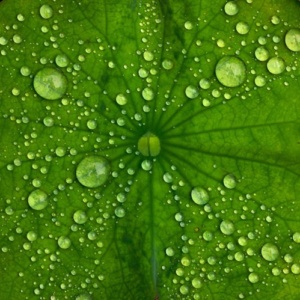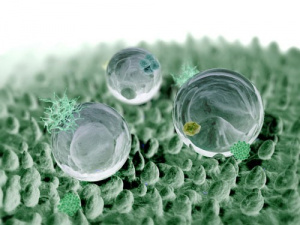We are influenced by that which inspires us. Our inspiration comes from that which holds boundless knowledge, has answers to our queries, guides us, loves us and provides for us like our mother, fascinates us, and plays a part in our destiny. Nature is all of these and much more –the most inspiring and hence influential entity! In fact nothing else comes anywhere close to nature as a source of inspiration.
What is nature?
All that is not made by man is nature. In fact, whatever matter man makes also comes from nature. Nature thus transcends earth and includes the whole of the universe.
The progress of science is only as a result of the discovery of what is ‘hidden’ in nature. When a man discovers the properties and processes of a minuscule part of nature and succeeds in using discovery for practical application, it becomes technology. Using technology thus developed, man, processes natural raw materials and develops new materials. Thus the so-called ‘man-made development’ goes on.
A unit and aspect of nature, from the scientific point of view, is called eco-system. Nature or ecosystems have been developed through the process of evolution over millions of years ( and still evolving) and thereby every part and process of it is an example of evolved ‘design’. There are billions of entities in nature which lend themselves to be studied, analyzed, adapted or copied.
On the other hand, man’s attempts at the process and product design, independent of nature’s help, have been largely flawed. A simple comparison of properties of design by nature and man reveals the need for man to learn from nature not only for the idea of manning the stewardship of mother earth but even for his basic survival.
Table: 1 A comparison of some properties between a Natural Ecosystem and Man-made Structure
| Natural Ecosystem ( Pond, Marsh, Grassland, Forest etc.) | Man-made Structure ( House, Factory, Parking lot etc.) |
| 1. Captures, converts and stores energy from the sun. | 1. Consumes energy from fossil or nuclear fuels. |
| 2. Produces oxygen and consumes carbon dioxide. | 2. Consumes oxygen and produces carbon dioxide. |
| 3. Produces carbohydrates and proteins, accomplishes organic synthesis. | 3. Cannot accomplish organic synthesis, produces only chemical degradation. |
| 4. Filters and detoxifies pollutants and waste products. | 4. Produces waste materials which must be treated elsewhere. |
| 5. It’s capable of self-maintenance and renewal. | 5. It’s not capable of self-maintenance and renewal. |
| 6. Maintains silence. | 6. Usually creates noise. |
| 7. Maintains beauty if not excessively disturbed. | 7. Usually causes unsightly deterioration if not properly engineered and maintained. |
| 8. Creates rich soil. | 8. Destroys soil. |
| 9. Stores and purifies water. | 9. Often contributes to water pollution and loss. |
| 10. Protects wildlife habitats. | 10. Destroys wildlife habitats. |
Nature: Model of Sustainability
The only entities that have sustained themselves in a state of equilibrium, over long periods of time, notwithstanding destructive human interference, are the natural ecosystems. The properties which contribute to the sustainability of nature can be summed up as given below:
- Diversity
- Renew-ability
- Material cycling
- Solar energy basis
- Conservation of resources and life support systems
- Maintenance of environmental quality
- Homeostatic ability
- Dynamic equilibrium
- Functional interdependence etc.
If cities and buildings are to be sustainable, they need to be planned and developed by adopting the working principles and characteristics of natural eco-systems including diversity which contribute to their sustainability.
Nature: Model of Design Excellence
The other notable lesson nature imparts to us is in design. Nature is unparallel when it comes to excellence in creative design based on unimaginable levels of engineering perfection. Nature’s aesthetics in forms based on pleasing proportions and the sources of biomimicry and bionic architecture are just a few examples of mastery of mother nature in Design.


In conclusion, nature is a limitless ocean of lessons in design excellence and it is all there for us to benefit from. What we need to do is to seek through exploration.

